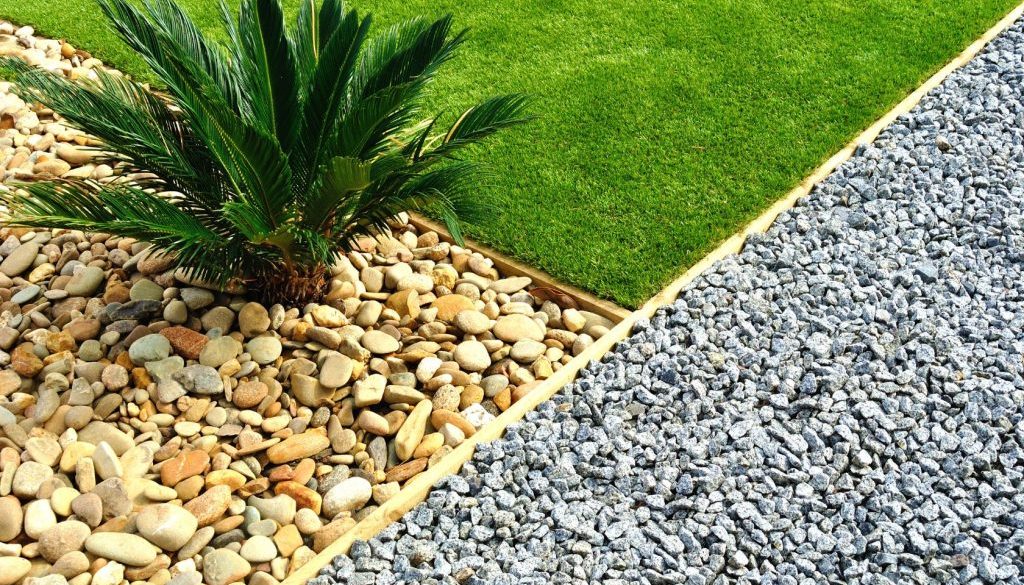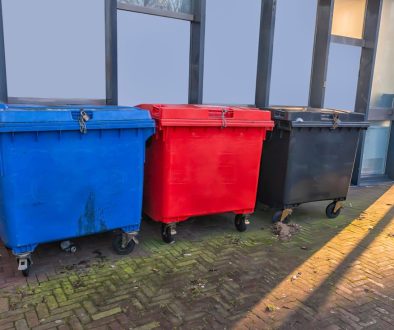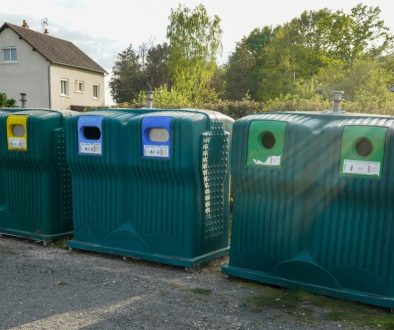Garden and landscaping projects provide an opportunity to enhance the aesthetics, functionality, and value of your property. A crucial aspect of these projects involves the use of aggregates and gravel to create lasting, visually appealing results. With their versatility, durability, and various applications, aggregates contribute significantly to the success of garden and landscaping projects. In this blog post, we will discuss the various applications of aggregates and gravel in garden and landscaping projects, delve into the different types of aggregates available, and explain the benefits of sourcing high-quality materials from trusted suppliers like Enviro Skip Hire.
Aggregates, sourced from natural or recycled materials, serve multiple purposes in garden and landscaping projects. Not only do they add texture, depth, and colour to your outdoor spaces, but aggregates also play a functional role in improving drainage, preventing soil erosion, and providing stable surfaces for pathways and driveways. Selecting the right type of aggregate for your project is essential to ensure long-lasting, visually stunning results.
Sourcing high-quality aggregates from reputable suppliers like Enviro Skip Hire is crucial for the overall success of your garden and landscaping project. By choosing trusted suppliers, you can be confident that the materials provided meet industry standards and will contribute to the longevity and durability of your landscaping work.
In the following sections, we will discuss various applications for aggregates and gravel in garden and landscaping projects, explore the different types of aggregates available, and provide guidance on choosing the right materials for your outdoor space. By implementing these insights, you can create a garden or landscaping project that is both functional and visually striking.
Different Applications of Aggregates and Gravel in Garden and Landscaping Projects
1. Decorative Ground Cover
Aggregates and gravel provide a highly adaptable decorative ground cover option for gardens and landscaped areas. Available in various colours, shapes, and sizes, these materials can be used to create visually striking pathways, flowerbed borders, or to replace traditional lawn areas. Adding decorative aggregates to your garden can provide a unique focal point, enhance your outdoor space’s theme, or simply break up larger, empty sections.
2. Improved Drainage
Proper drainage is a crucial aspect of a well-designed garden or landscaping project, preventing waterlogged soil and protecting your plants from excessive moisture. Aggregates and gravel can be used to create permeable layers beneath lawns, flowerbeds, and patios, allowing water to drain more efficiently. These materials can also be utilised to construct efficient drainage channels for directing excess water away from your property.
3. Stabilising Pathways and Driveways
Aggregates and gravel offer an excellent solution for stabilising pathways and driveways, creating robust surfaces that can withstand regular foot and vehicle traffic. By combining these materials with a suitable edging or binding agent, you can create attractive and durable surfaces that require minimal maintenance.
4. Erosion Control and Soil Retention
Soil erosion can be a significant issue in landscaped areas, particularly on slopes or areas with poor natural water drainage. Coarser aggregates and gravel can serve to minimise soil erosion, helping to keep the soil in place and reduce the risk of damage to plants or landscape features.
Types of Aggregates for Garden and Landscaping Projects
1. Crushed Stone
Crushed stone is a popular aggregate choice for garden and landscaping projects, available in a variety of sizes and colours. Typically sourced from natural rock, this type of aggregate is known for its angular shape, providing excellent drainage properties and an appealing aesthetic.
2. Pea Gravel
Pea gravel is a smaller, rounded aggregate made from naturally weathered stone. These small, smooth pebbles are ideal for creating informal pathways, decorative ground cover, or as a filler between larger paving stones. Available in an array of colours, pea gravel is a versatile and appealing choice for garden and landscaping projects.
3. Slag and Recycled Aggregates
Eco-conscious homeowners may opt for slag or recycled aggregates in their garden and landscaping endeavours. These aggregates are created from by-products of industrial processes or from repurposed construction waste materials. Using these environmentally-friendly options, you can contribute to the circular economy by minimising waste and lowering your landscape project’s carbon footprint.
Choosing High-quality Aggregates from Trusted Suppliers
1. Assess Quality and Consistency
When selecting aggregates for your garden and landscaping projects, it is essential to ensure that the materials are of the highest quality. High-quality aggregates will feature consistent size, shape, and colour, resulting in a more polished and visually appealing final product.
2. Consider the Source
Opt for aggregates sourced from reputable suppliers like Enviro Skip Hire, ensuring the materials meet rigorous industry standards for quality and environmental sustainability. By investing in high-quality aggregates from a trusted source, you can be confident in the longevity of your landscaping project.
3. Customise Your Selection
Choose aggregates that complement the style, theme, and colour scheme of your garden and landscaping projects. With various types of aggregates available, you can select materials that truly enhance your outdoor space and fulfil specific functional requirements.
Conclusion
The use of high-quality aggregates and gravel is crucial for maximising the potential of your garden and landscaping projects. By incorporating these versatile and durable materials into your outdoor space, you can create visually stunning, functional, and long-lasting features that enhance your property’s aesthetics and value. By sourcing 6f2 aggregates and gravel from trusted suppliers like Enviro Skip Hire, you ensure that your garden and landscaping projects achieve their full potential and contribute to the sustainable and responsible use of resources in the construction industry.




